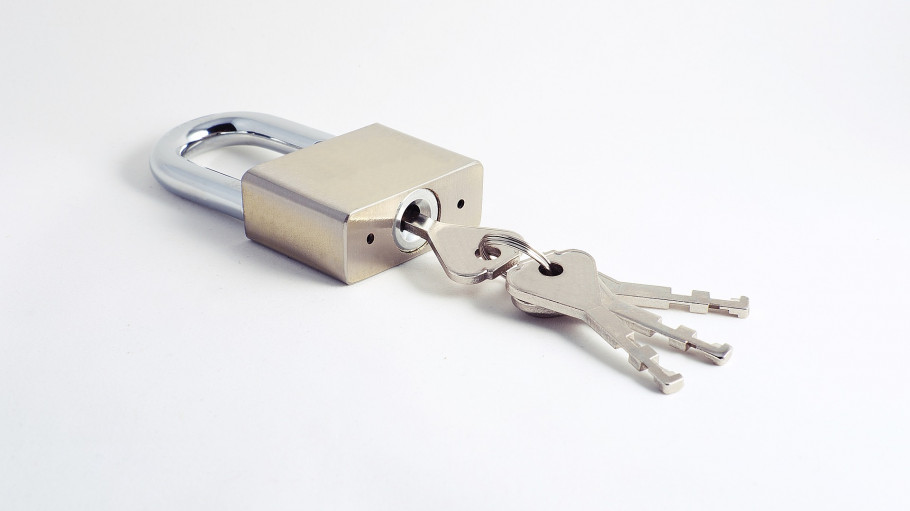
Issues » Trade and external relations » EU steel safeguards
EU steel safeguard
Recent content

In March 2018, the US imposed tariffs on steel imports to the US of 25%. These measures applied to the EU as of June 2018. The EU reacted by imposing retaliatory tariffs on EU-bound EU products in late June 2018. In order to ward off the destabilising effects of deflected steels, a provisional EU safeguard on steel imports followed on 18 July 2018. The EU decided to implement a final safeguard measure in February 2019, which will last for four years, with annual reviews.
Essentially, the safeguard is a Tariff Rate Quota (TRQ) of 100% based on the import levels in 2015-2017, with a dissuasive 25% tariff above that. There are further specific rules regarding quarterly quotas for certain products and countries, with limited exceptions. These change periodically as the safeguard is reviewed.
Brussels, 02 December 2025 – Unchanged negative conditions – U.S. tariffs and trade disruptions, economic and geopolitical tensions, protracted weak demand and still high energy prices – continue to weigh on the European steel market. EUROFER’s latest Economic and Steel Market Outlook confirms for 2025 another recession in both apparent steel consumption (-0.2%, unchanged) and steel-using sectors (-0.5%, revised from -0.7%). A potential recovery is expected only in 2026 for the Steel Weighted Industrial Production index (SWIP) (+1.8%, stable) and for apparent steel consumption (+3%, slightly revised from +3.1%) – although consumption volumes would still remain well below pre-pandemic levels. Steel imports retained historically high shares (27%), while exports plummeted (-9%) in the first eight months of 2025.
Strasbourg, 07 October 2025 – The new trade measure presented today by the European Commission is a long-awaited proposal to forcefully defend the European steel sector, in full respect of WTO rules, from unfair imports flooding the EU market due to massive global overcapacity. The provisions unveiled by the Commission respond to the needs of the sector and represent a real lifeline for EU steelmakers and steelworkers. The European Parliament and the Council should therefore adopt it as a matter of urgency to enable its entry into force at the beginning of 2026, says the European Steel Association (EUROFER).
Brussels, 19 September 2025 – Following today’s meeting between Commissioner for Trade Maroš Šefčovič and a delegation of European steel CEOs on the global steel crisis and the challenges facing the EU steel industry amid massive decarbonisation investments: